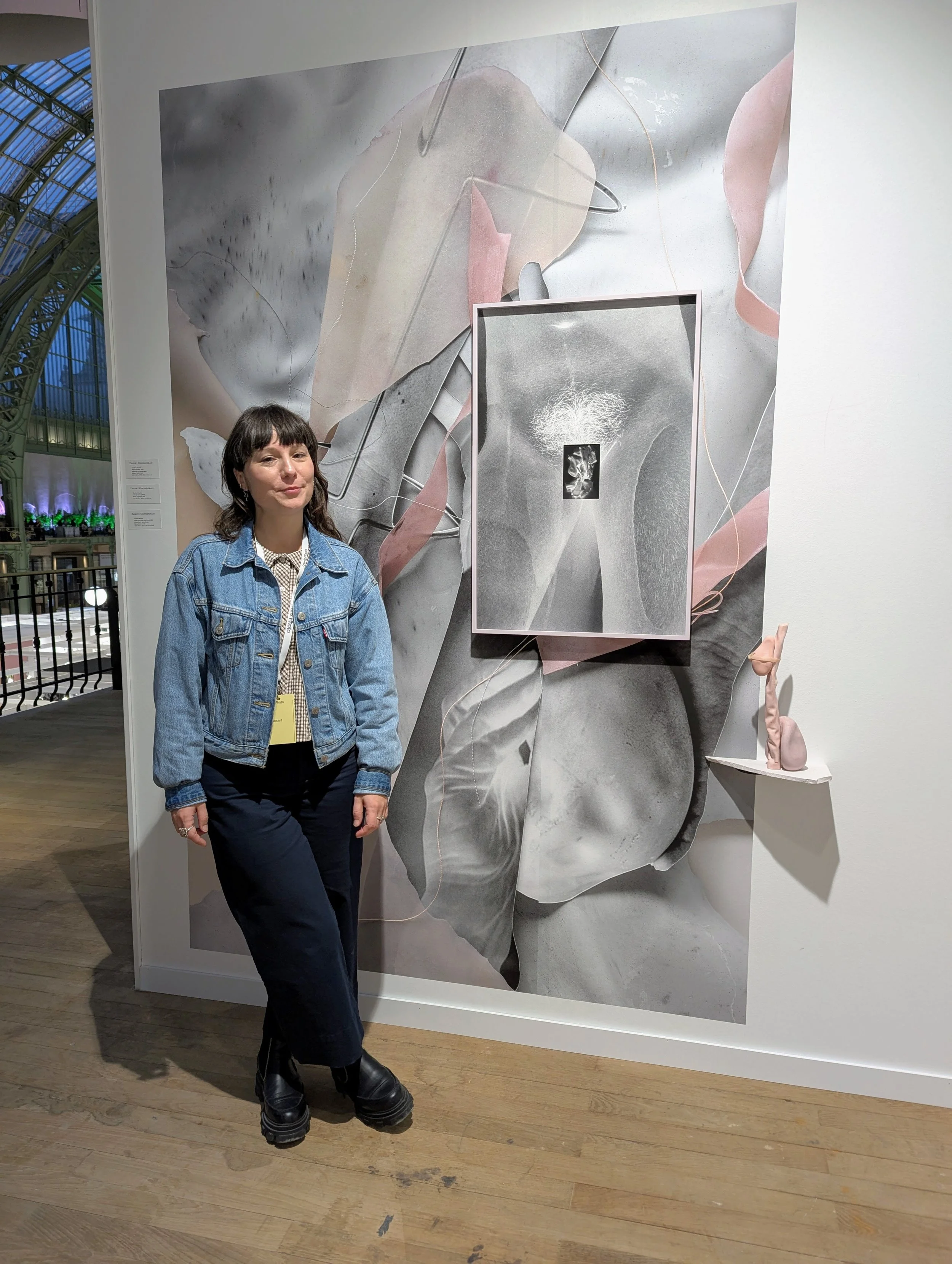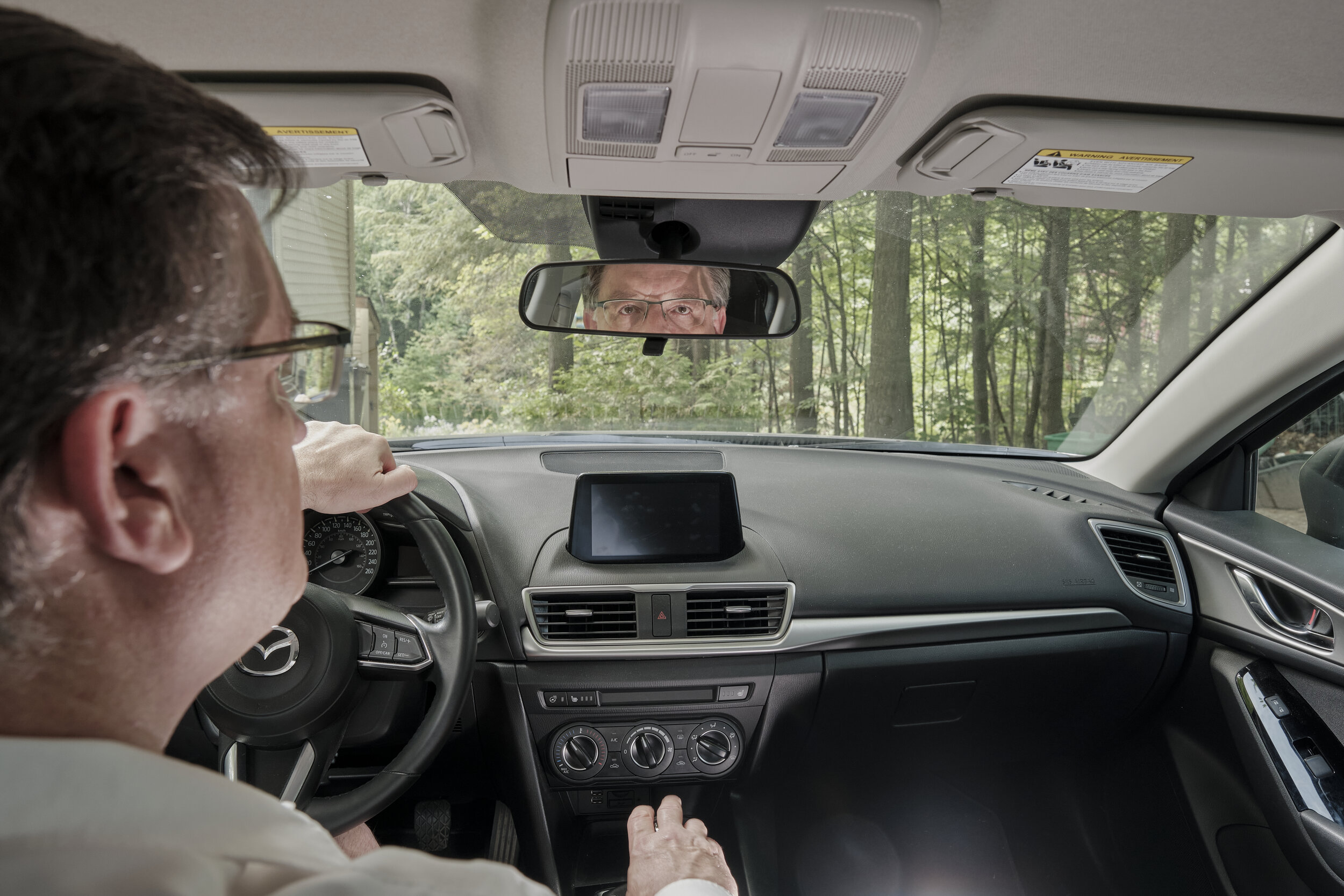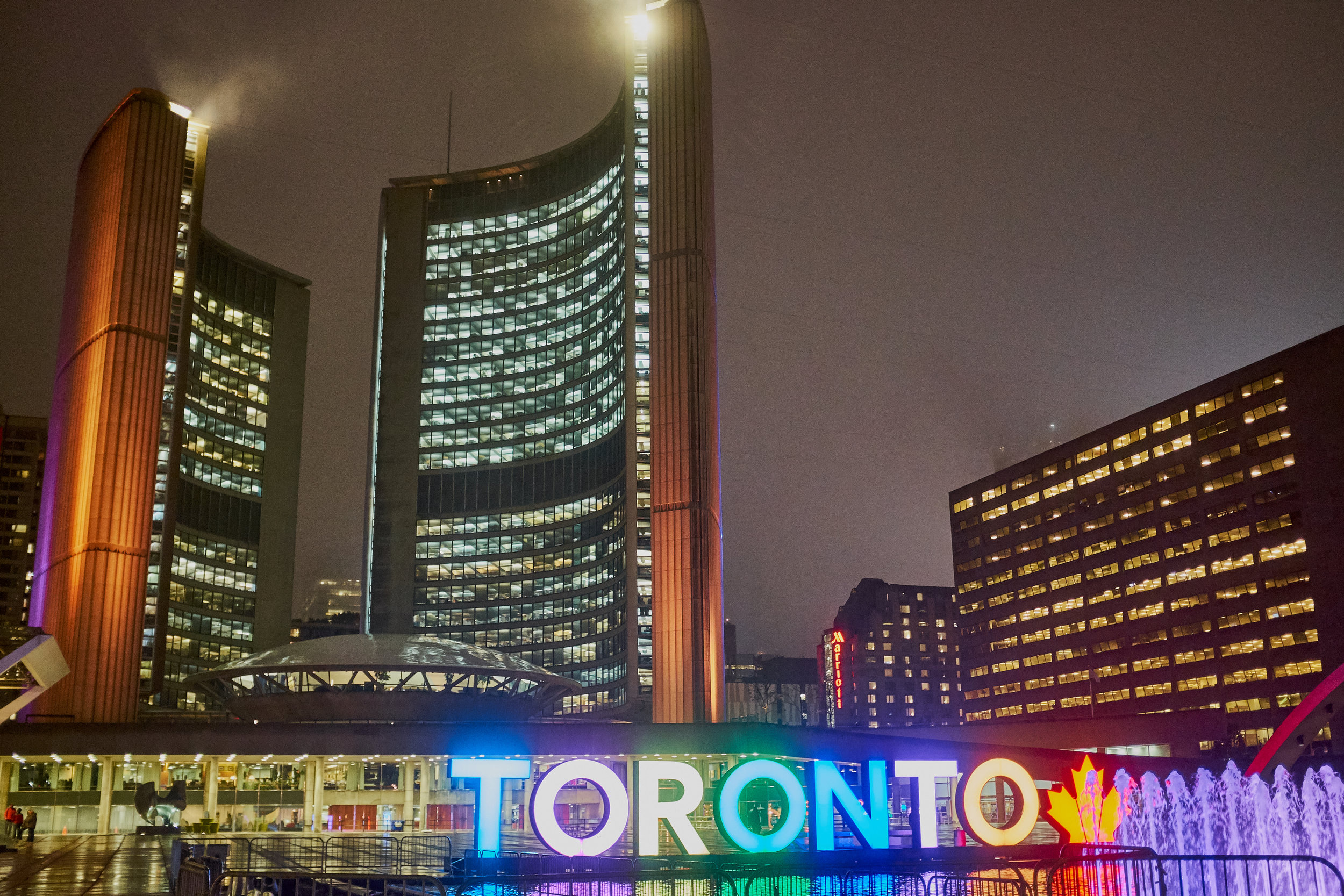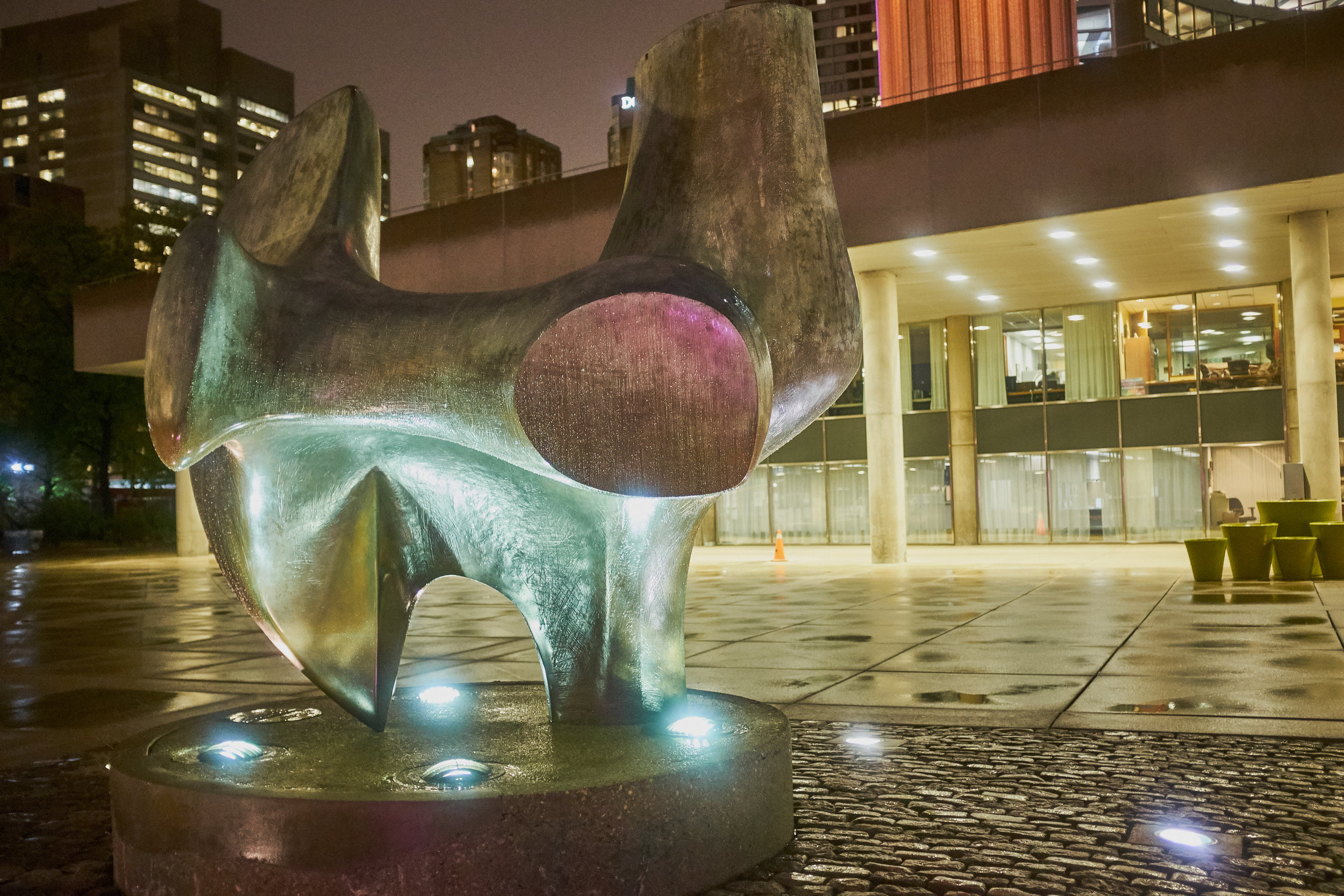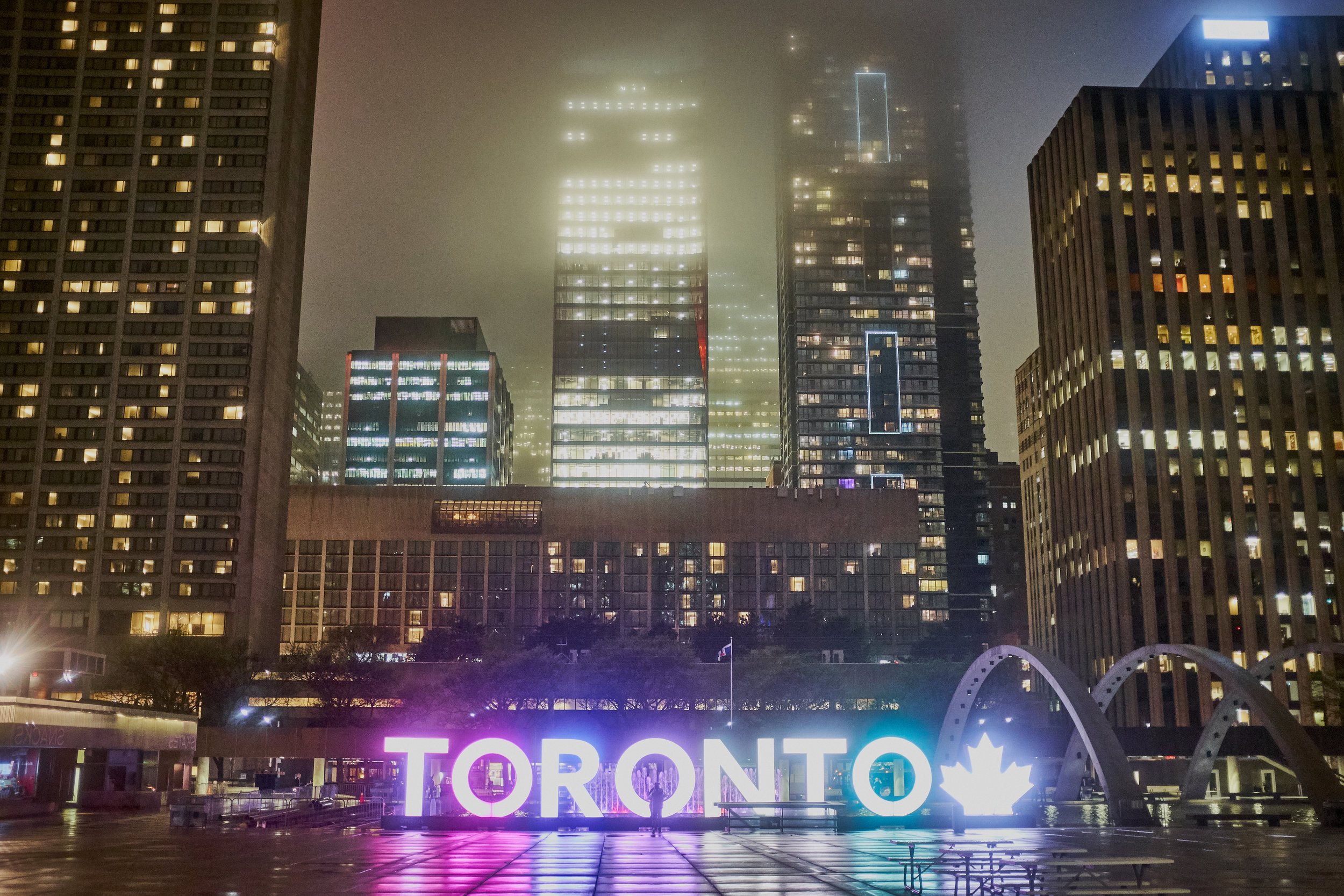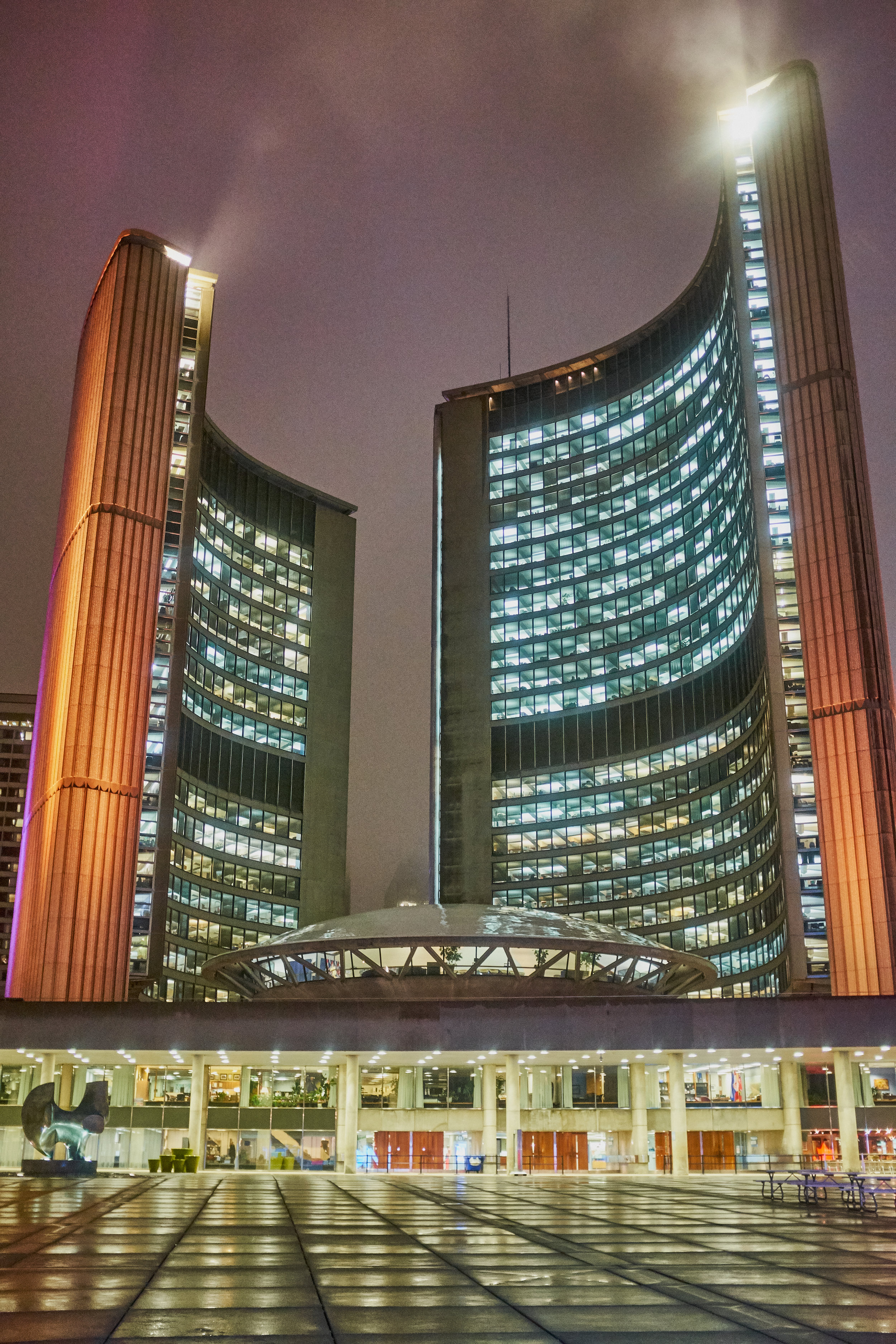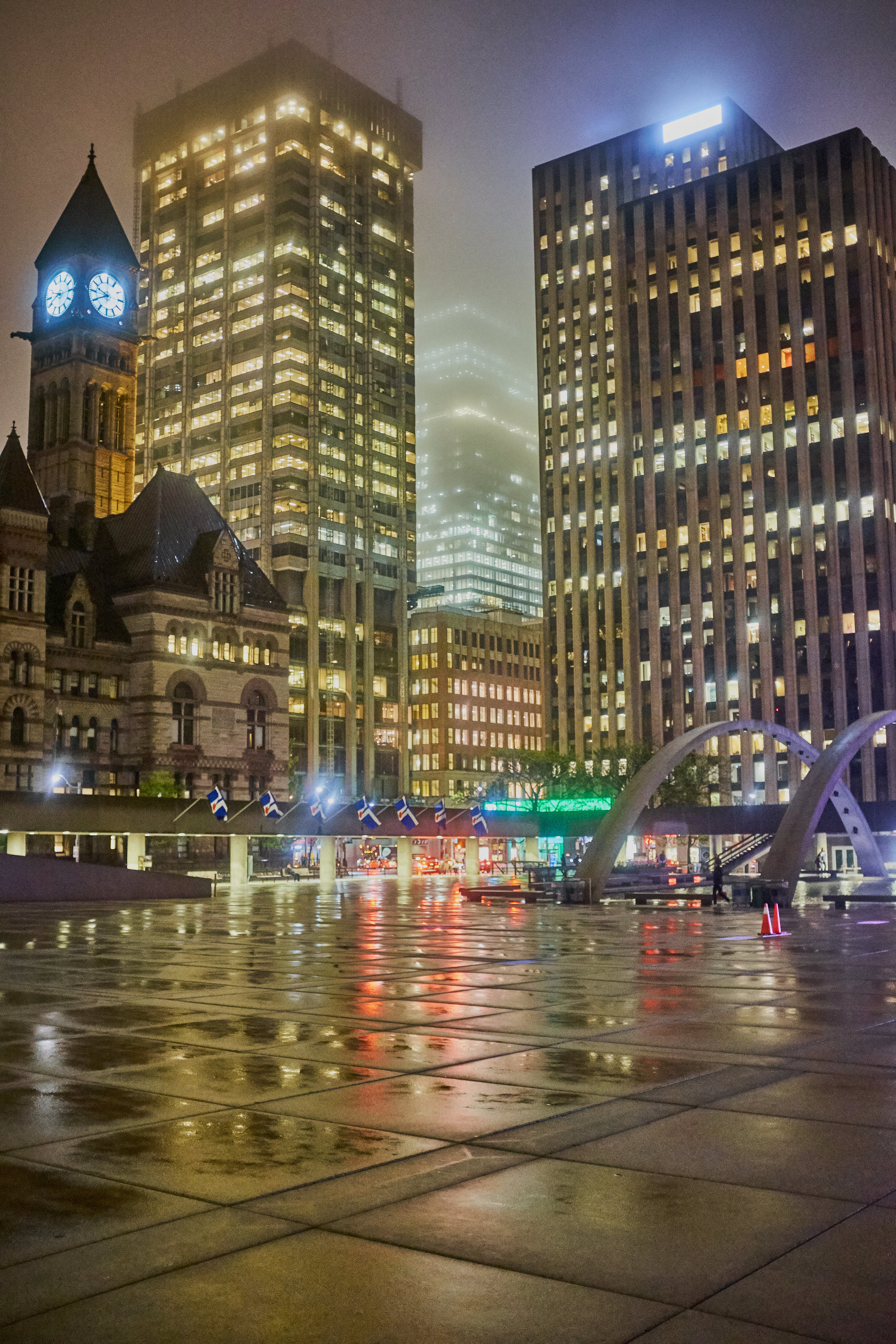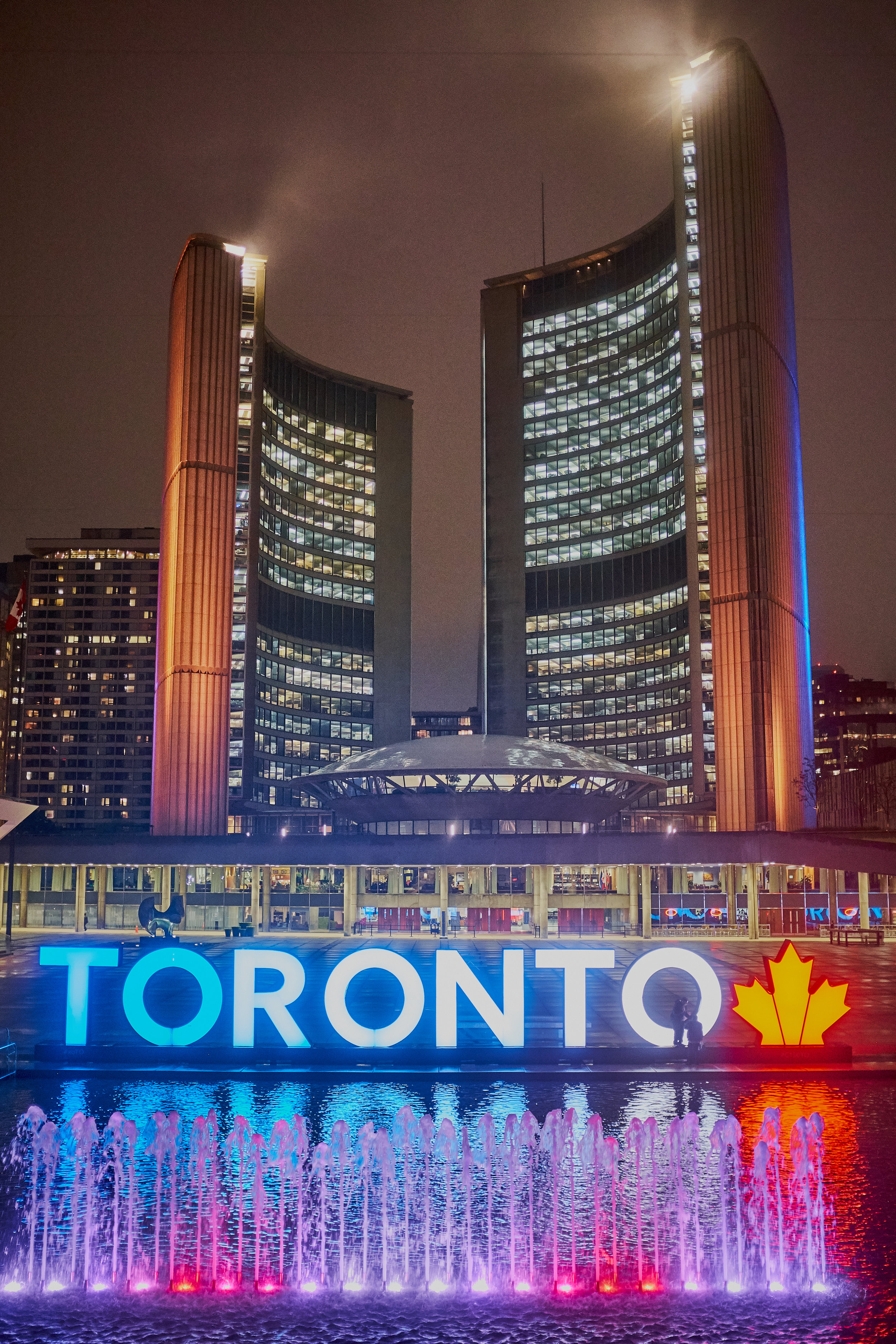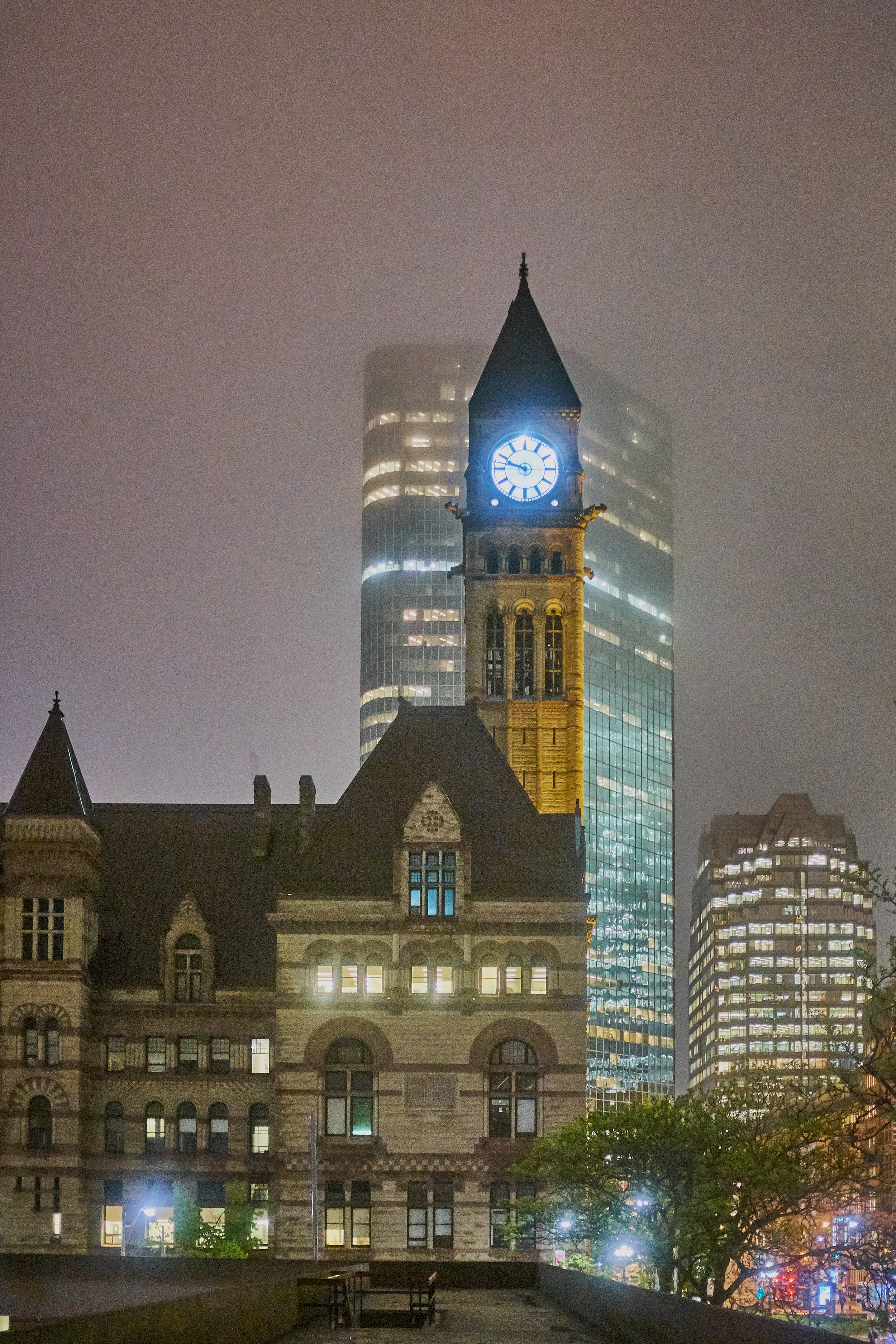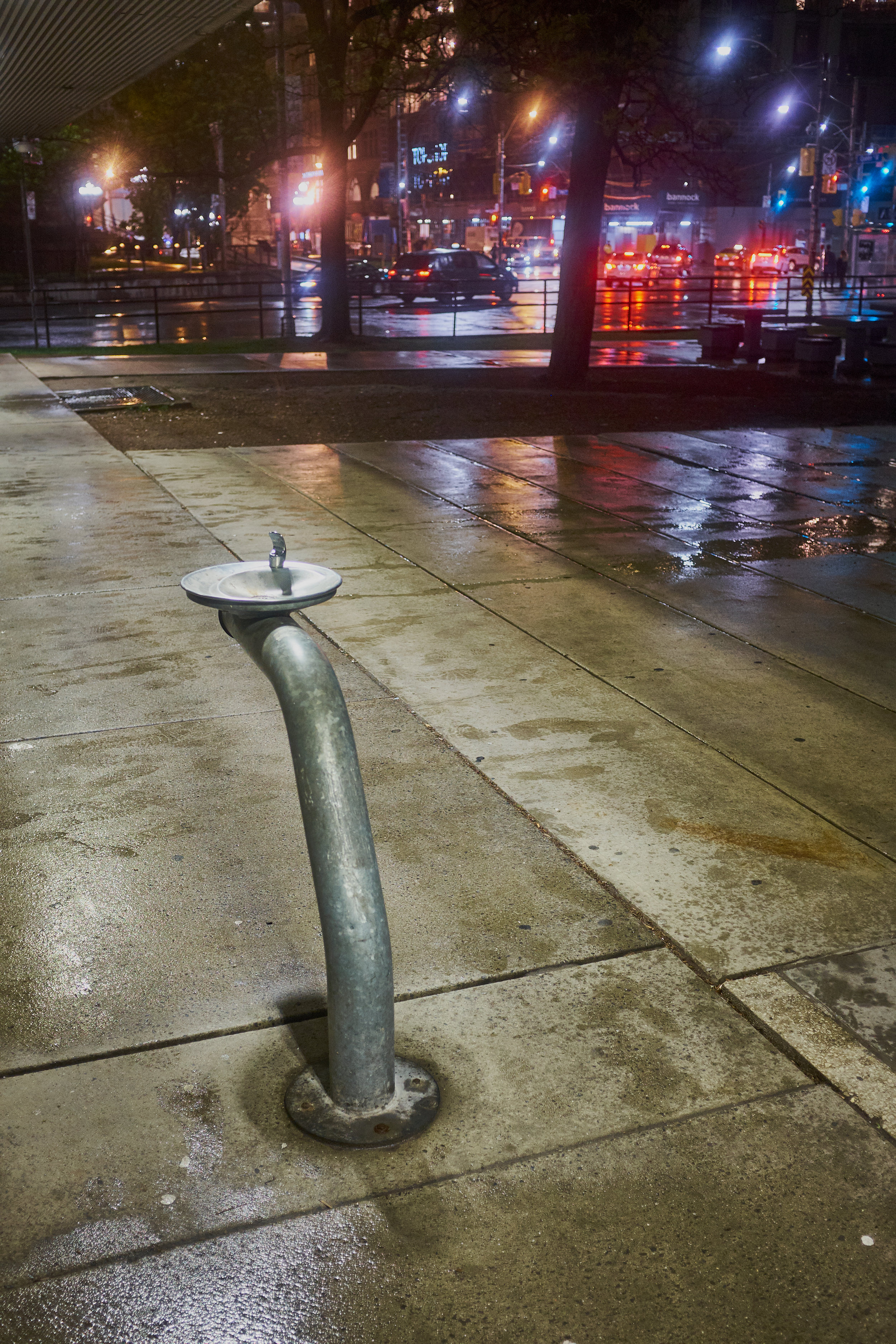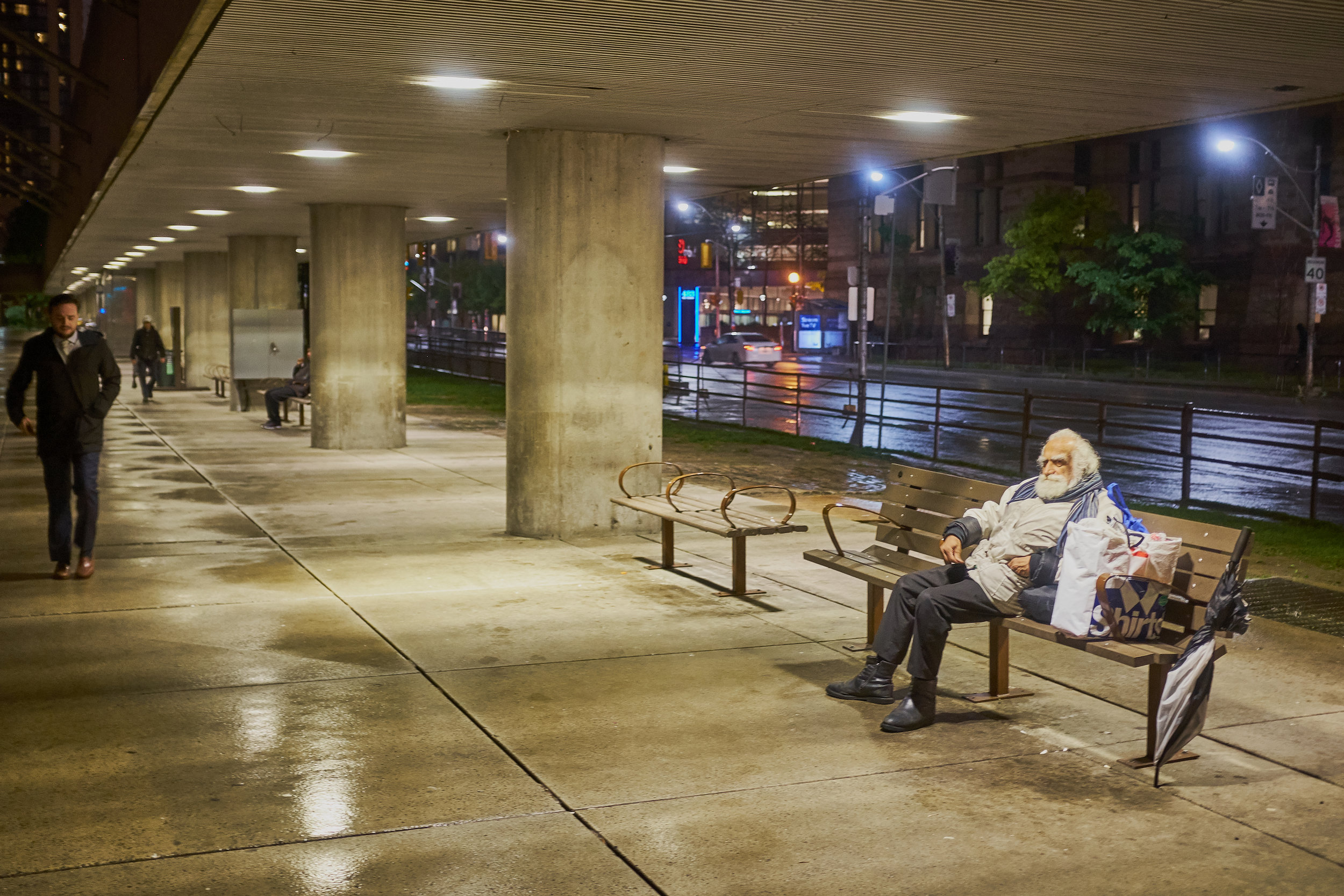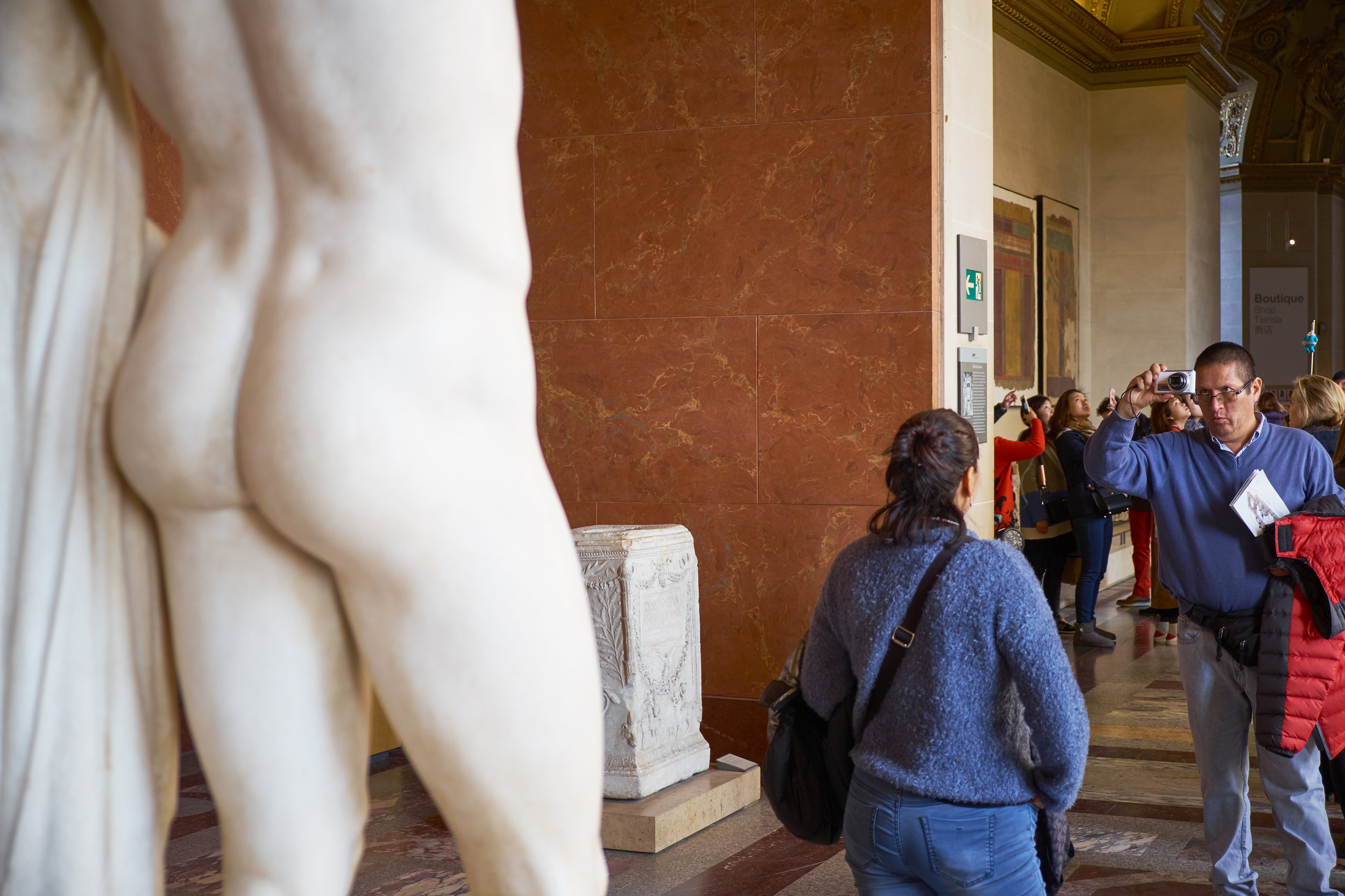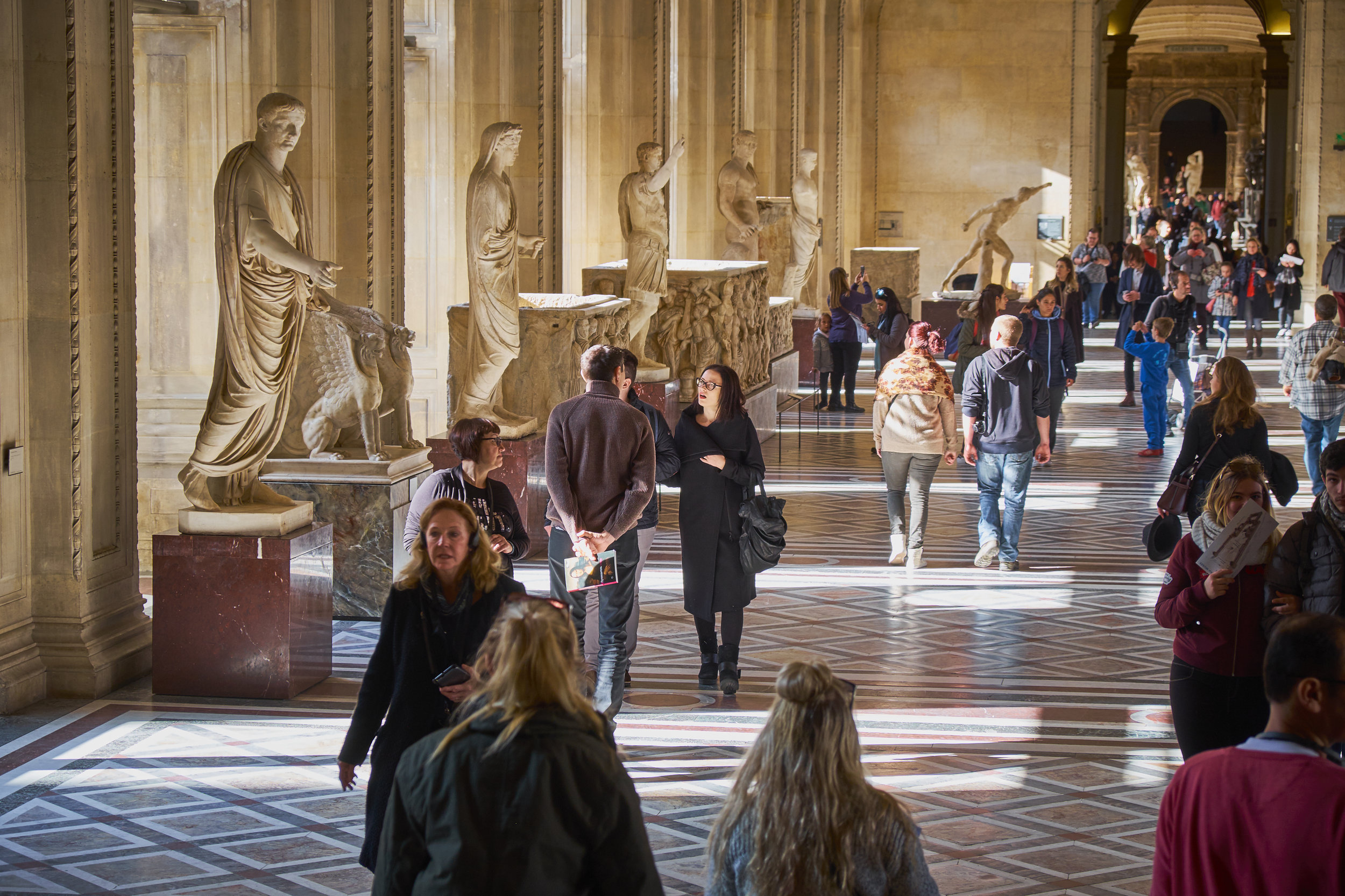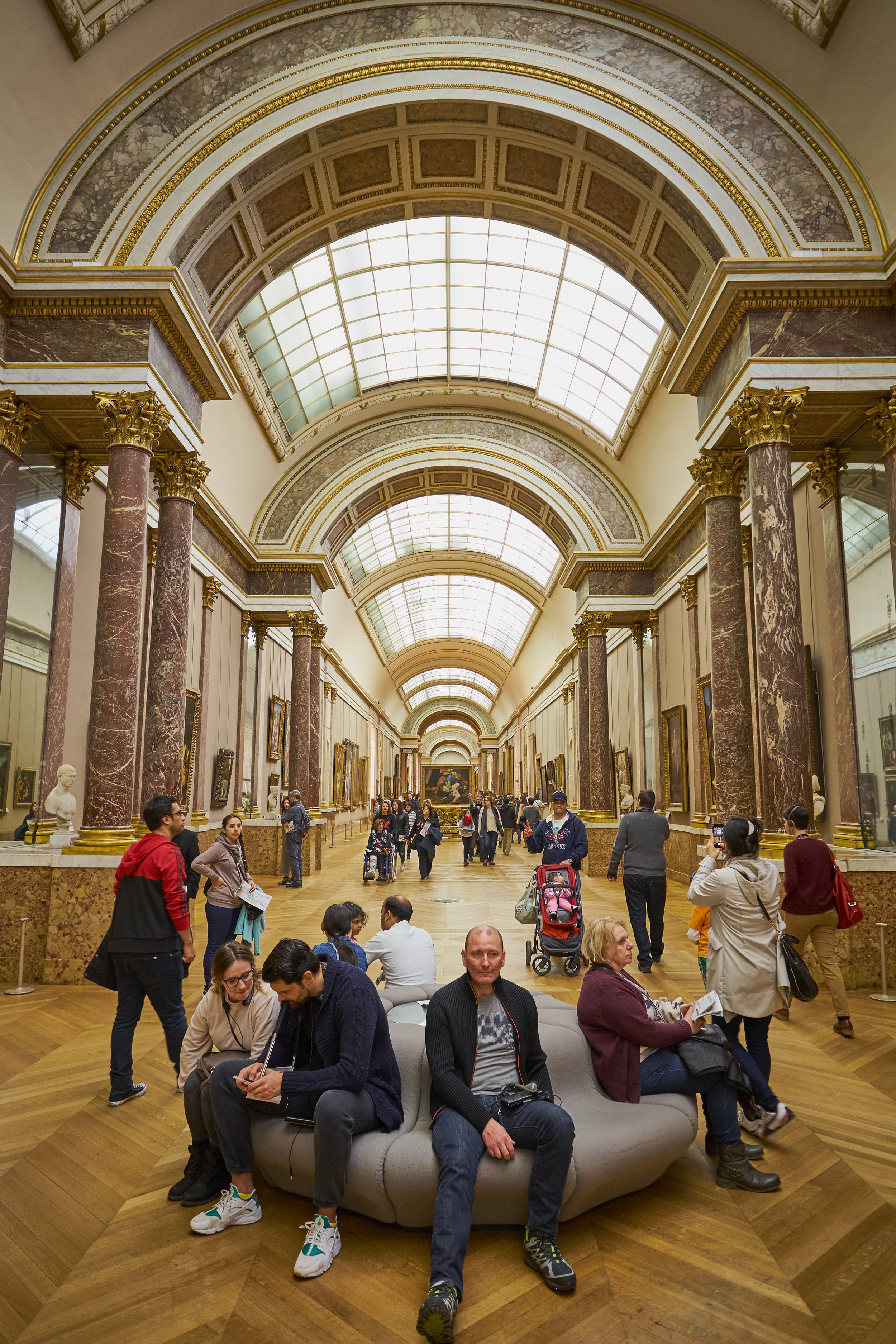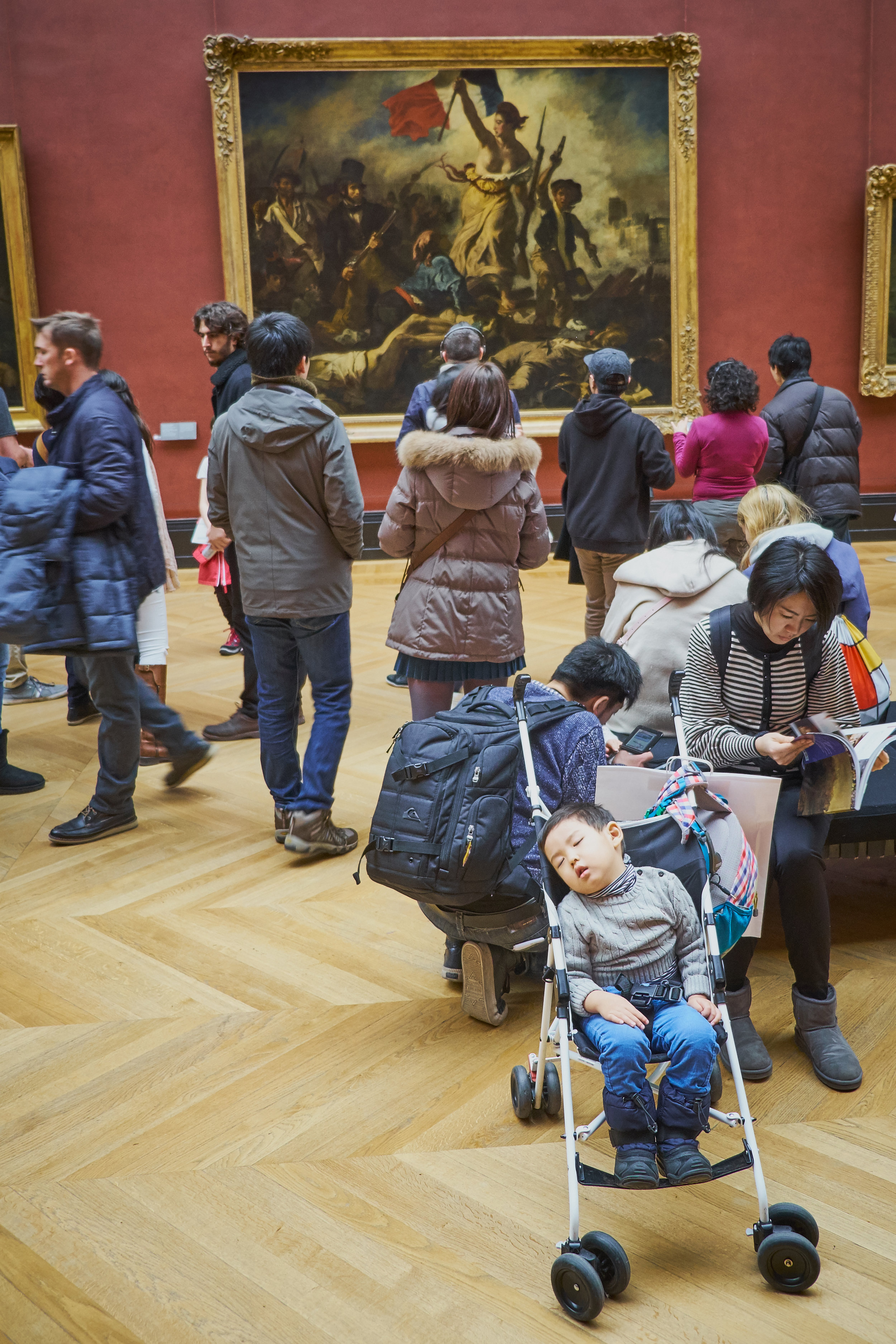Since ending my career with the Public Service of Canada, part of my 'rewirement' has involved working on an MA in Documentary Photography by distance through the University of South Wales. I will be showing work with other members of my cohort this spring at the Bienal Fotografia do Porto and will wrap up the program in late summer with a degree show in Cardiff or Bristol.
Without going into too much detail, my ongoing interests revolve around the state of institutions in Canada. Over the last 18 months, I have used photography to document aspects of the Bank of Canada, Parliament Hill, and the House of Commons. In future, my artistic explorations of 'institutions' could include bodies such as civil society organizations or churches.
As you'll appreciate, my area of interest has been something of a moving target of late. But this is exactly why I chose it: key institutions are under attack in many places and the damage being visited on them could take years to repair, if indeed it can be repaired. My own view is that I would rather we work to reform imperfect institutions under the rule of law, than to pretend that violence and lawlessness will lead us to freedom. It's hard to grow anything good in scorched earth.
But back to the tasks at hand: photographing, writing, preparing for a show, and thinking about the possibility of a photobook.
Jon Stuart: Stillwater
NOTE: A version of this article was originally published on the PhotoED blog at JON STUART: Stillwater.
Wetlands. As the name suggests, they’re not water but they’re not completely land, either. In fact, they’re the places you often drive past while you’re on your way somewhere else. A lot of Canadians only ever see wetlands through a car window. Or not at all.
Fortunately for us, Ottawa photographer Jon Stuart slowed down long enough on his daily mid-pandemic bike ride to take a closer look at an elm tree growing where it shouldn’t – in the middle of a wet field. And he went back again and again with a large format camera. His exhibition at the Shenkman Arts Centre is the result.
Stuart learned that the elm, a local landmark, was sitting in the middle of land that had originally been drained for farmland but is now part of the flood zone around Ottawa’s light rail line. Conservation groups are working with local government agencies to encourage recovery of the wetland which is now showing signs of new plant and animal life.
A graduate of the School of the Photographic Arts: Ottawa, Stuart used a 4”x5” view camera – at times paired with a 6x17cm film back for panoramas – to allow for the creation of the large, highly-detailed vinyl and framed prints on display in the gallery. Prints this large have a push- pull effect on viewers: you need to stand back to take them all in, but you’ll want to get up close to appreciate everything that is going on. (Do it. It’s very satisfying.)
Jon Stuart
On display until October 31, Stillwater is a chance to learn more about the delicate ecology of suburban spaces and to take in beautiful landscape photography with a purpose.
Stillwater by Jon Stuart
LaLande + Doyle exhibition space at the Shenkman Arts Centre
245 Centrum Boulevard
Ottawa, ON K1E 0A1
Until October 31, 2023
Artist talk 17 October 2023, 6 pm
A sweep of the Grand Palais, site of Paris Photo 2024
Paris Photo 2024: A Personal Look
NOTE: this post originally appeared on the blog of PhotoED Magazine at Paris Photo 2024
“This is massive.”
That was my first thought as I entered the Grand Palais for the preview of Paris Photo 2024, the night before the fair was to begin officially. And my opinion didn’t change over the four-day run from November 7-10. There is just no way to avoid being overwhelmed by the scale of the show, the quality of work on display, and the talent this event attracts.
Not only is there an enormous amount of work to see and talks to attend under one roof (the Grand Palais itself), but there are also many nearby events and venues where you can buy photobooks and see more work by both the well- and less-known. Only a handful of cities in the world can put on a show like this, and Paris is certainly in the front rank.
You can brush shoulders with Ed Burtynsky and David Company at the Palais, listen to photographic artists like Debi Cornwall and Max Pinckers discuss their new books, and then wander a few minutes away to the Polycopies book sale aboard a barge anchored on the banks of the Seine and ask Todd Hido to sign a copy of his latest for you (I know I did). If that’s not enough, you can venture only slightly further afield to the Offprint photobook salon at Pavillon de l’Arsenal, or hop over to the fringe-y event put on by Réseau LUX and have your portfolio reviewed and see interesting work displayed in a venue that certainly cost less than a booth at the Grand Palais.
Always keeping an eye out for Canadian content, it was good to see ESSE magazine represented at several venues, not only at Paris Photo but also at the Jeu de Paume (where Tina Barney and the late Chantal Akerman had retrospectives).
And it was particularly enjoyable to spend some time talking to Montreal-based artist Caroline Mauxion, who was showing work in the booth belonging to Zalucky Contemporary, the Toronto gallery that represents her. Born and raised in France, Caroline completed her MFA at the Université du Québec à Montréal and is now well into her PhD program there. Her ongoing work is an exploration of her own experience of extended orthopedic treatments through a compelling hybrid practice comprising photography, collage, and sculpture.
Caroline describes the work as a way to help her reappropriate her own body, its strengths, and its sexuality. While the act of photographing can sometimes distance, the inclusion of collage recalls the cutting and reshaping of her own body, and the sculptural elements rendered in muted pinks and greys reference bone and ligament, and are themselves formed from metal rods, plastic, and plaster—the basic toolkit of the orthopedic surgeon. Inverted black and white images bring x-rays to mind and flip the shadows of treatment for light and hope. The colour palette and the technique combine to speak of the feminine and the mechanical in a way that invites the viewer to reflect on the body’s vulnerabilities and strengths, and Caroline’s own journey that is still touched by chronic pain. Altogether, a human and thoughtful body of work that draws on a worked—and working—body.
Caroline Mauxion’s work also served to highlight for me a final impression from Paris Photo 2024: little cutting-edge work now relies on ‘straight photography.’ Even documentary, with a clear line of sight back to the origins of the medium, draws today on a rich brew of images, artifacts, physical objects, archival material, and imagined and re-enacted scenes. And that is before we begin to acknowledge the wave of digital imagery and AI-based scenes that towers over us. It was all well-represented in Paris and challenges us to consider again photography’s perpetually loose relationship to ‘the truth,’ alongside a rich new set of tools, techniques, and tales.
Yes, it’s massive. And it’s exciting.
Printmaking I
I recently took a short, part-time course during the summer session of the School of the Photographic Arts: Ottawa. I did this for two reasons:
To improve my printmaking skills: if a photographic print is to be the output of all or most of the work I produce, I would like to be sure that I am creating prints of high quality. This is all the more important if I am hoping to exhibit or sell printed work at some point. I realise that a lot of what I produce is only ever seen on a screen and that I would like to change this.
To help me build my network in the photographic arts community in Canada: one of the clear benefits of studying with the Open College of the Arts is that it can all be done on my schedule without having to relocate. This was particularly important to me because I still had a busy full-time job when I began my studies. And the exposure to UK-based photographers and fellow students has been wonderful. The downside, of course, is that I probably have more connections outside of the country I live and work in than I have within it. It has also been an occasionally isolated road, especially during the last two COVID years. I prefer to work on my own, but even I have my limits.
One of my images I worked on and printed during Printmaking I.
Although Printmaking I only lasted for five three-hour sessions, I found it a real tonic:
I learned new techniques and processes to improve the quality of my prints.
I was exposed to and impressed by the power of Adobe Photoshop (although I am much more comfortable with Capture One and will continue to use it to edit and print my images. I also own Affinity Photo and will use it to perform any edits that Capture One cannot handle.)
I made a connection with SPAO, a small but well-respected school of photography that is the centre of a vibrant community of students and practitioners.
I met an excellent instructor and two enthusiastic students who are on their own artistic journeys.
All told, an excellent investment in time and money!
Theatre of the self
As I looked through the few images that were available to me from the family photographs in my possession, it occurred to me that many of us look for several things in albums: to remember, to show (to ourselves or to others), to look for meaning and clues to our own identity and significance.
This last item—the search for meaning—seems to be particularly important, given the number of people who pay strangers to pick through their DNA samples to help support personal narratives… or to create new ones (“so that’s why I like seafood—I’m 3% Viking!”).
However much we may pretend that we are good postmodern people and have done away with grand narratives, we really want to know where we come from and what our lives “mean.” For some, family albums are a tool for for doing just that: if I can see those who went before me, I can not only spot a familiar jawline or hair colour, but might be able to identify the source of internal traits like personality, psychology or preferences.
For me, this is where the interplay of “nature versus nurture” becomes important. I might be able to recognize cheek bones in a creased photograph of my great-grandparents and their children (including my grandfather as a toddler), but we have lived different lives, with vastly different expectations, in different times, on different continents. There might be something in our shared nature to enlighten me, but it would involve a lot of projection for one photograph to overcome the impacts of nurture.
I was struck by Soomin Ham’s Portraits and Windows portfolio (Soomin Ham, s.d.) which I came across recently in a magazine article (Montrone, 2021). The images, combined black and white photographs of different generations of the artist’s family, portray well the shadowy influences and presences of those who have gone before. They are still held in memory, but their outlines are less distinct with each passing year and generation.
My ancestors, too, stand like a faded negative behind the arc of my own life, from baby, to young graduate, to retired man. It probably means something, but it’s hard to know exactly what—perhaps it means just as much as I want it to.
Can it be that different for anyone else?
References
Montrone, Donatella (2021) ‘Living Memory’ In: Black+White Photography (255) pp.8–16.
Soomin Ham (s.d.) At: https://www.soominham.com (Accessed 23/10/2021).
Canada's history and reconciliation
There just isn't a bad angle to the beautiful Canadian Museum of History designed by Douglas Cardinal. So it was a pleasant setting between appointments yesterday to reflect on what Canada's history means in light of the first National Day for Truth and Reconciliation.
Canadian Museum of History
Family albums and the digital self
In the pre-digital era, the family album was often something precious because it represented a curated record of a family’s history. When having one’s picture taken was still relatively rare, any photograph of a relative had a certain importance and would likely be kept. As more people had access to cameras and photographs, the album was gradually democratized and a greater number of images were kept, although often in a very selective way. One or two members of a family were likely the “keepers” of the album and decide which processed prints would be kept—not so much for aesthetic reasons, but because they showed person(s) X in location Y. These images were memory aids and it has often struck me how similar family albums look within a certain period, partially because of the technology involved (cameras, film, paper, degradation of images over time) but also because of a desire to document similar people, places and things/styles in similar ways. And as transparency films became popular, the family album could be supplemented or replaced by the slide show.
Although the album was a memory aid, I remember noticing that each picture had a story and how the story could evolve at each retelling. Some parts of the narrative would be suggested by the image itself, while other parts of the story would take on a different flavour depending upon the state of the relationships with the people or places depicted. And some images might disappear entirely, removed from the album if they were no longer part of the approved story. Divorce, in particular, had a devastating effect both on families and in the way they were represented in pictures.
Even if the images seemed to fix particular people, times and places, I noticed more than once that memories could be faulty. With each viewing of the album, family members remembered the image itself as well as the event that it depicted. In some cases, the memory of the image became more “real,” to the point where an aunt of mine had to be reminded that she had not been born when a particular picture was taken, despite her “memory” of the event. The retelling became an important part of the oral history around the artefact, and people naturally wanted to be part of the bigger story.
Digital technology—especially the ever-available mobile phone—has changed the way we tell and remember those stories. In fact, we now “consume” images in volume. We can create photographs with such a low incremental cost that we produce hundreds and thousands of them as ephemera with little expectation of them constituting a “family album.” The closest contemporary analogue to an album might be a feed of photographs on a social media site. And it is a strange side-effect of the digital age that, as image-making technology has improved, the quantity of images produced has increased while their quality seems to have declined. We do not value what is most widely available.
I realise as I write this that I rarely sit with my own family to look at our pictures, although this was a common enough activity when I was young—especially when relatives were visiting and there was a need to make family connections, renew memories and show how everyone had changed. I take it for granted that my wider family will see what I post on Facebook and Instagram and do not give much thought to it constituting an “album.” It may be that my experience is unique, but I doubt it.
Given the role that images have played in supporting family and personal narratives for more than a century, I wonder what the decline of the family album means for an understanding of the family and the self. We still care about “where we come from,” but perhaps more of it is based on psychological concepts of the self and “science” (if the numbers of people submitting DNA samples is anything to go by). Genealogical records may also help us to build a family album from administrative data and we are perhaps freer to construct an idea of the self from our interpretation of the nuggets we like (“No wonder I’m the way I am: I’m 3% Viking and I may be descended from the 23rd cousin of King Alfred!”).
Has the digital “family album” left us more adrift in a sea of data that we can read as we will? Does it undermine our ability to place ourselves in a coherent narrative—especially one that we might share with others—or is it just different? I don’t know.
What does “better” mean?
Like many people who enjoy photography, I wonder sometimes if piece of gear X, Y or Z would be better than what I am currently using.
I have been using the Fujinon 18-55mm f/2.8-4.0 zoom lens since I bought my first Fuji in 2013. I have been happy with it and it has spent a lot of time on my cameras, first an X-E1 and now and X-T3. From time to time it has occurred to me that the Fujinon 16-55mm might not only give me a slightly wider angle of view and a constant f/2.8 aperture, but also access to that elusive beast… better image quality.
Of course, “better” means different things in different contexts.
Rather than wonder about it anymore, I decided it was time to rent rather than take the plunge of buying. Vistek Ottawa makes renting easy and a mere CDN$30 let me use the lens for a weekend.
All told, I liked the lens very much but my two conclusions surprised me.
First, using the 16-55mm for two days reminded me why I decided to invest in the Fuji system in the first place: to drastically reduce the weight of the gear I was carrying, especially when travelling. There’s no question that the 16-55 is lovely piece of gear, but my X-T3 felt a bit front-heavy with it and, frankly, I didn’t think I’d want to carry it around all day. And I was losing built-in Image Stabilization (which I really appreciate).
Second, I decided that if I was ever to commit to carrying around heavier equipment I would only do it if it came with a much larger sensor. The kind of sensor you might find in, say, the Fujifilm GFX medium format system.
So, no 16-55mm for me, but an eye open for Fuji’s forthcoming update to the GFX 50s expected for this fall.
In the meantime, here’s an example of what I got up to with that lens on the weekend. It’s a beautiful chunk of glass, but not “better” for my needs and wants.
Fujifilm X-T3 with Fujinon 16-55mm f/2.8 at 16mm
Reflecting on the church
It has been a long year since our first COVID Easter, which we observed virtually. And now we have just observed our second. But with the warmer weather coming and vaccination picking up the pace (slowly) in Canada, I dare to hope that 2021 will be a better year for all of us. And perhaps some of us will remember lessons we have learned during this extended time of reflection.
In that spirit, I offer this picture of the church I have attended for 24 years, a fixture in downtown Ottawa since the late 1800s.
Making an effort—Shawville, Québec
A lot of factors have combined to reduce my creative output since mid-March. And they’re the same factors that many people have faced since “COVID-19” entered the global vocabulary: social distancing and isolation, working from home, high workload, significantly reduced opportunity to travel, and a free-floating disquiet connected with a daily diet of bad news on so many fronts.
I have been lacking in motivation.
Still, I have course work to do for my art program and the world continues to spin outside my door. So I made an effort recently to drive to a small town nearby that I had never visited. The town was hosting a printmaking event that involved the creative use of a steamroller on the main street. I haven’t been to a lot of steamroller printmaking sessions, so I went.
And I’m glad I did. It got me out of the house and expanded my mental map of the region I live in.
Ça va bien aller.
A Handful of Dust
On a visit to Toronto, I had the opportunity yesterday to visit an interesting exhibit at the Ryerson Image Centre. Curated by David Campany, A Handful of Dust: From the Cosmic to the Domestic brings together work from a broad range of artists (Man Ray, Marcel Duchamp, Jeff Wall, Walker Evans, Rut Blees Luxemburg, Mona Kuhn and others), all connected thematically with dust. Campany has also published a book of the same name as a catalogue and further exploration of the theme.
The pieces, mostly photographs but with one or two paintings and a couple of video installations, seem to have been selected by Campany as conceptual responses to a photograph by Man Ray (Dust Breeding, 1920) of a piece by Marcel Duchamp. The monochrome photograph looks like it may be an aerial shot of a wasted landscape, but it is hard to get a sense of scale because of the lack of reference points and the uniformity of tone and colour. All the viewer has to go by is line, form and texture. In fact, the photograph depicts a glass plate that had collected a thick layer of dust while lying on the floor of Duchamp’s studio. Viewers are informed that the two artists may not have agreed who was ultimately responsible for the work and later agreed to share credit.
Robert Burley – Implosions of Buildings 65 and 69, Kodak Park, Rochester, NY [#1], October 6, 2007
The selected images are set in two rooms and, apart from a few dust-related quotations painted on the gallery walls, visitors are largely left to derive their own meanings from the display (which I welcomed). The sources of the dust vary—sand, destroyed buildings, human beings—but the overall message is one of human impermanence and mortality: sand covers everything in its path, the built environment doesn’t last forever, humans shed skin and eventually shed their lives.
At the same time, the dust that gathers can both conceal and reveal. It can cover tracks but it can also heighten our ability to see texture and form.
Nick Waplington – from the series Patriarch’s Wardrobe, 2010
I went to the exhibit because I have often appreciated the shows that the Ryerson Image Centre hosts, although I have to admit that I was a bit doubtful because of the subject matter. In the end, I was won over and came away thinking that it amounted to an excellent meditation on aspects of the human condition. The images on display also served to show the power of abstraction and the role of imagination in interpreting what appears in front of us. In short, the show works.
A side benefit of the visit to the Ryerson Image Centre was a chance to see Extending the Frame: 40 Years of Gallery TPW. The show is a history of the founding and evolution of the Toronto Photographers Workshop (TPW), a group which has worked diligently to advance photography as an art form and has involved such people as Edward Burtynsky, Robert Burley, and the duo of Carole Condé and Karl Beveridge. It was fascinating to see how the dedication of a relatively small number of people has had such an impact on the direction of photography and art more generally in Canada.
Àbadakone | Continuous Fire | Feu continuel
Àbadakone (Algonquin for “continuous fire”) is the second exhibition “in the National Gallery of Canada’s series of presentations of contemporary international Indigenous art, features works by more than 70 artists identifying with almost 40 Indigenous Nations, ethnicities and tribal affiliations from 16 countries, including Canada.”
According to the National Gallery, “the title Àbadakone was provided by the Elders Language Committee of Kitigan Zibi Anishinabeg. They felt that its connotation of a fire within each artist that continues to burn would be an appropriate title for the second presentation of this ongoing series of exhibitions showcasing Indigenous art from around the world.”
Indigenous art and culture is drawing a lot of attention in Canada and other countries dealing with the history and ongoing impacts of colonization of the “New World” by European powers.
I found the exhibit exciting as it opens up a broad range of discussions that are important not only for Indigenous people, but for anyone who has an interest in place, identity, the construction and evolution of culture, and the importance of narrative for creating and bearing meaning. The introduction at the entry to the exhibit indicates that the broad theme behind its curation is one of “Relatedness, Continuity and Activation.” In brief, this refers to the interconnection of all things, the links across time and generations, and “how an artist animates a space, an object, or an idea through performance, video or viewer engagement.”
(All images taken on my cellphone.)
For me, there were several threads that ran through the exhibit, particularly the challenges of:
colonization;
industrialization;
globalization;
environmental degradation;
technology;
migration; and
tradition.
Without taking anything away from the specific issues and questions facing the Indigenous artists who created these works, it seems to me that many of the challenges are also faced by non-Indigenous people. As a result of the challenges I’ve listed above, very few of us can simply take for granted the place where we stand, the identities we have inherited, the histories that have shaped us or the futures that lie before us. In a time of profound uncertainties, it will be important to draw selectively on our knowledge of the past, on our best understanding of our times and on the most promising paths forward. It is fascinating to see that while Postmodernism rejected meta-narratives, we continue to need overarching stories to interpret the past, create meaning in the present and have hope for the future.
Surface Tension
A little poem inspired by Henri Cartier-Bresson’s famous image, Behind the Gare St. Lazare, 1932.
Surface Tension
Defying gravity, hanging between earth and eighteen-percent sky
A blurry cartoon man looks and leaps and never lands
The take-off hurried
but so graceful that it leaves just a ripple witness and hat firmly fixed.
A shadow hangs below—his, if experience can be trusted and photographs don’t lie— ever threatening to connect the reflected with the reflection.
A “Do Not Walk” silhouette sign in greyscale where
fiery flashing red should be.
The sensible figure observes, comforting the fence behind,
a watcher, not a risker.
Will he have no brave story of his own
but settle for singing another man’s song?
The gravity-defier will never settle
Content to hover and fly, tantalizing a puddle
He has learned through the years the science of water and the art of birds
Born in steam-time, he embraces weightless the world of wonders
Rare-earth magnetic heels repelling the mirror planet below him
The station
Stationary
Surface tension.
A slushy day at the Distillery District
A weekend trip to Toronto that included an afternoon in wet snow at The Distillery District. The area has no shortage of public art and the kinds of things that keep photographers happy—and a long, wonderful lunch at Cluny Bistro made up for all the slush outside.
We'll be back.
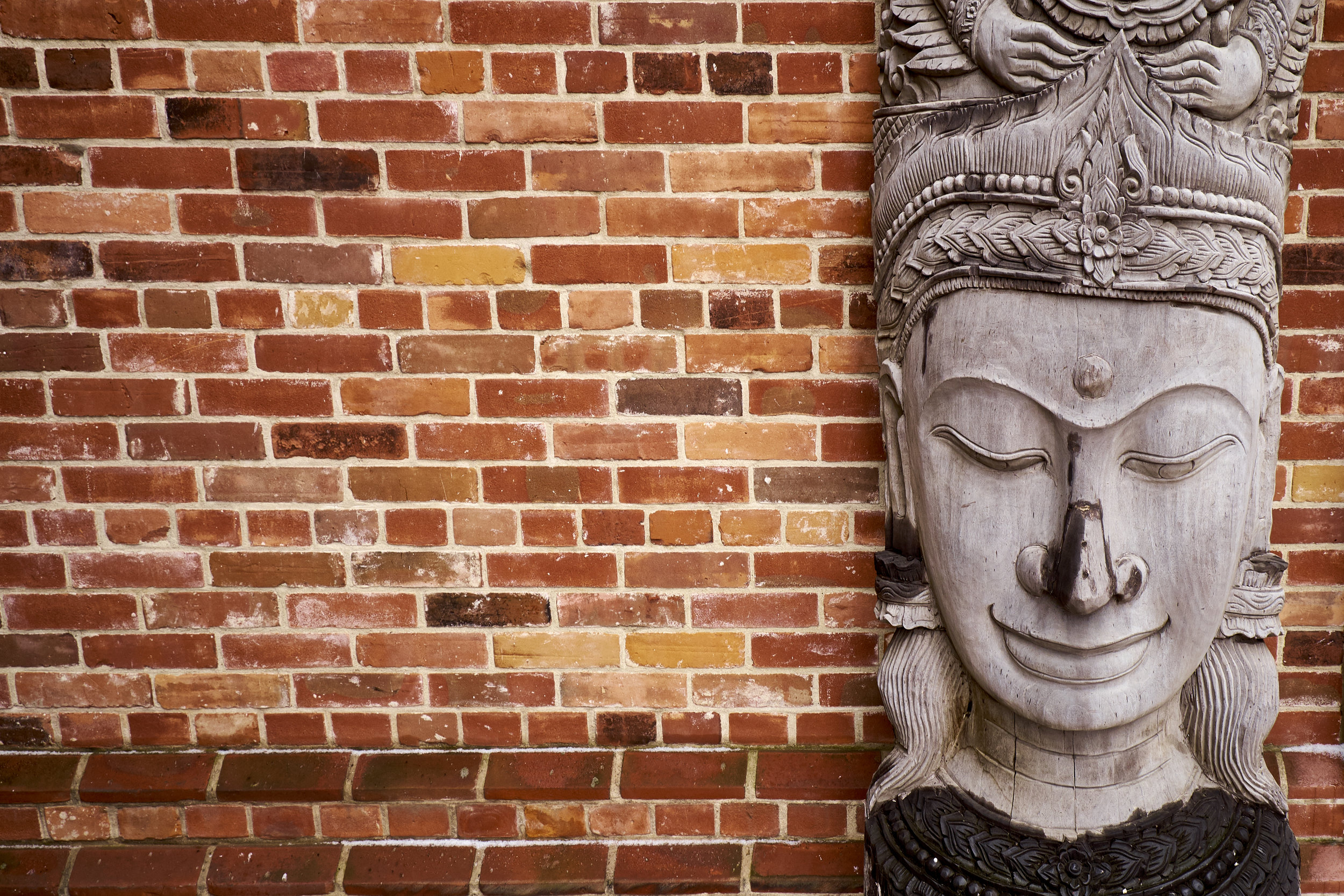
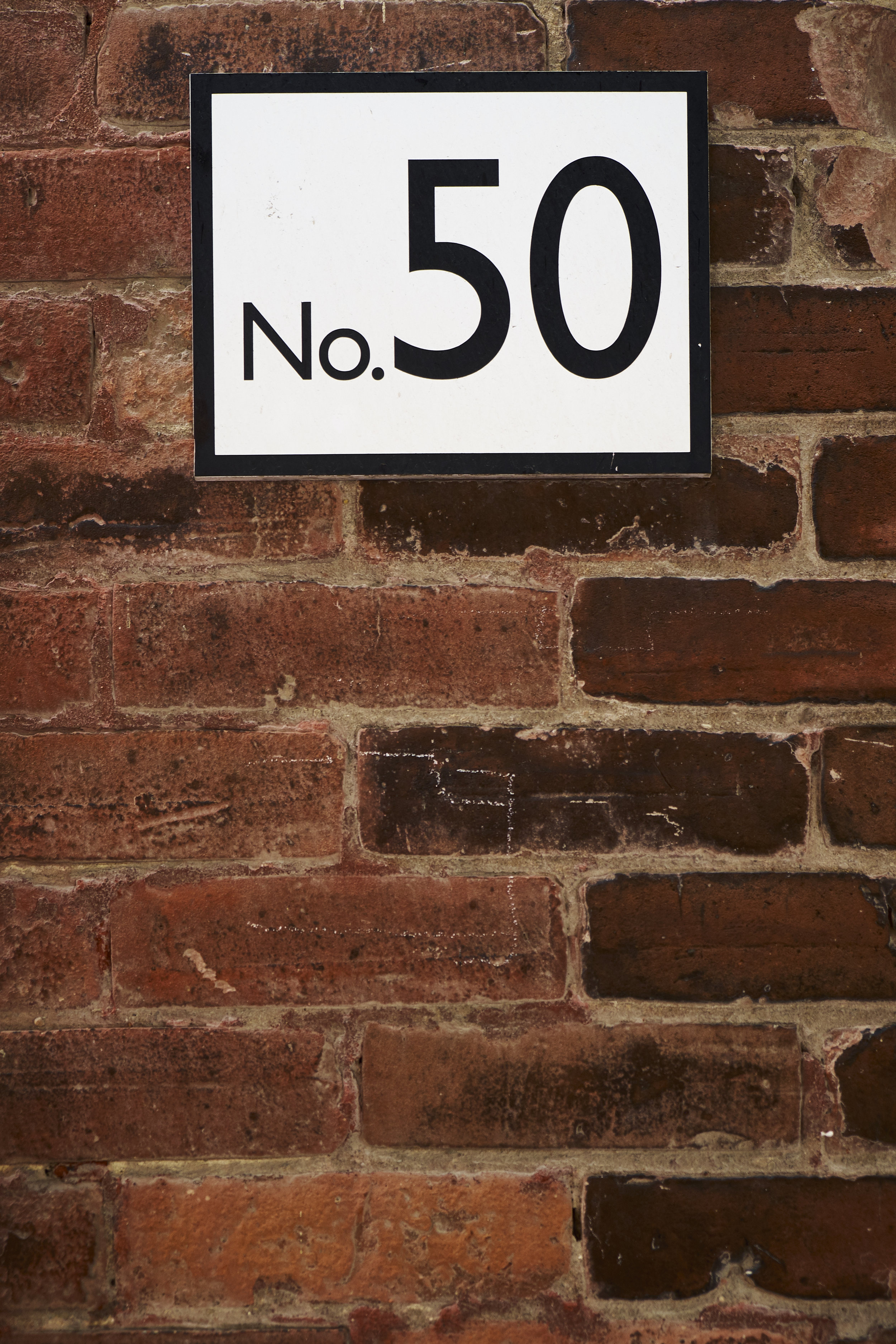
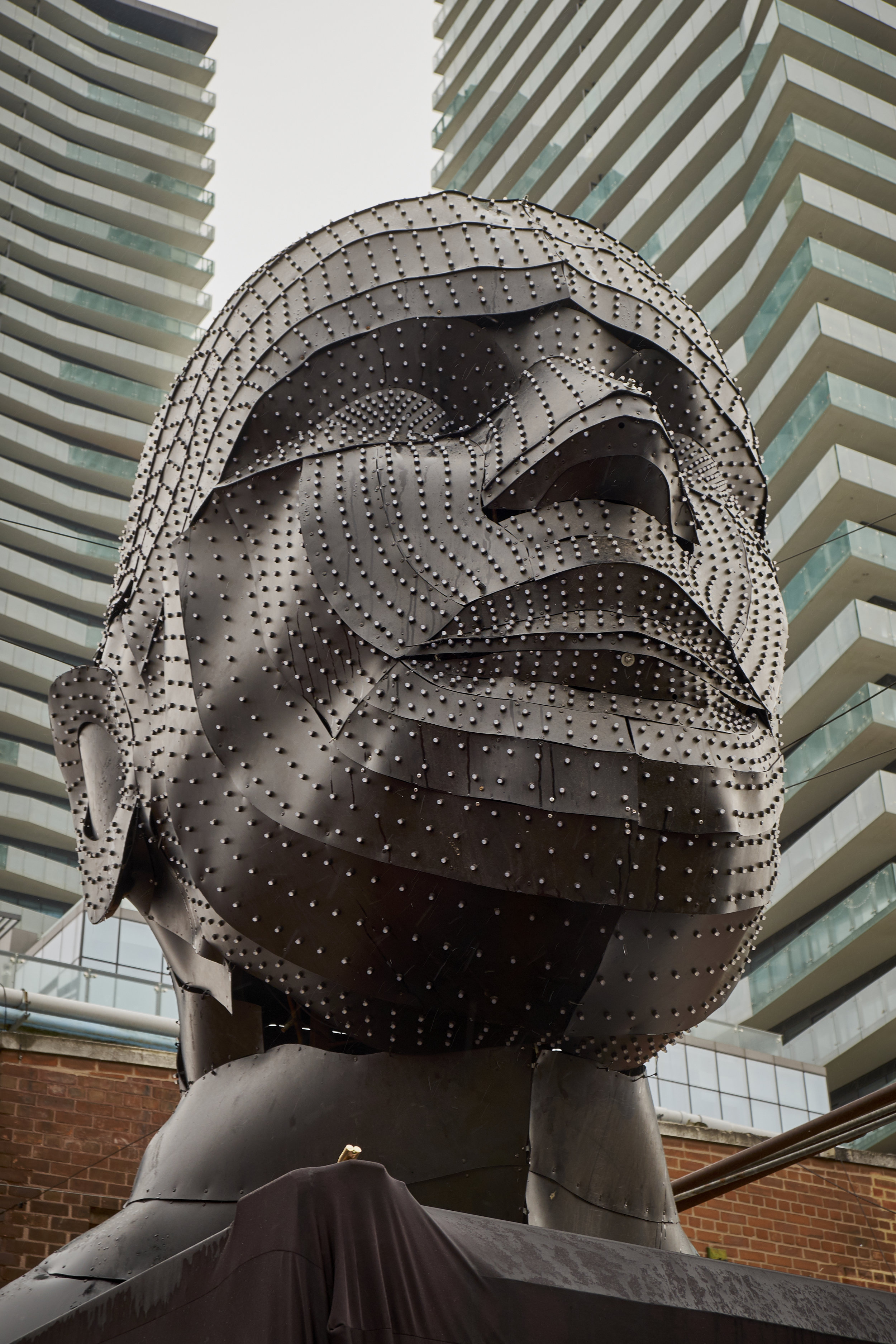
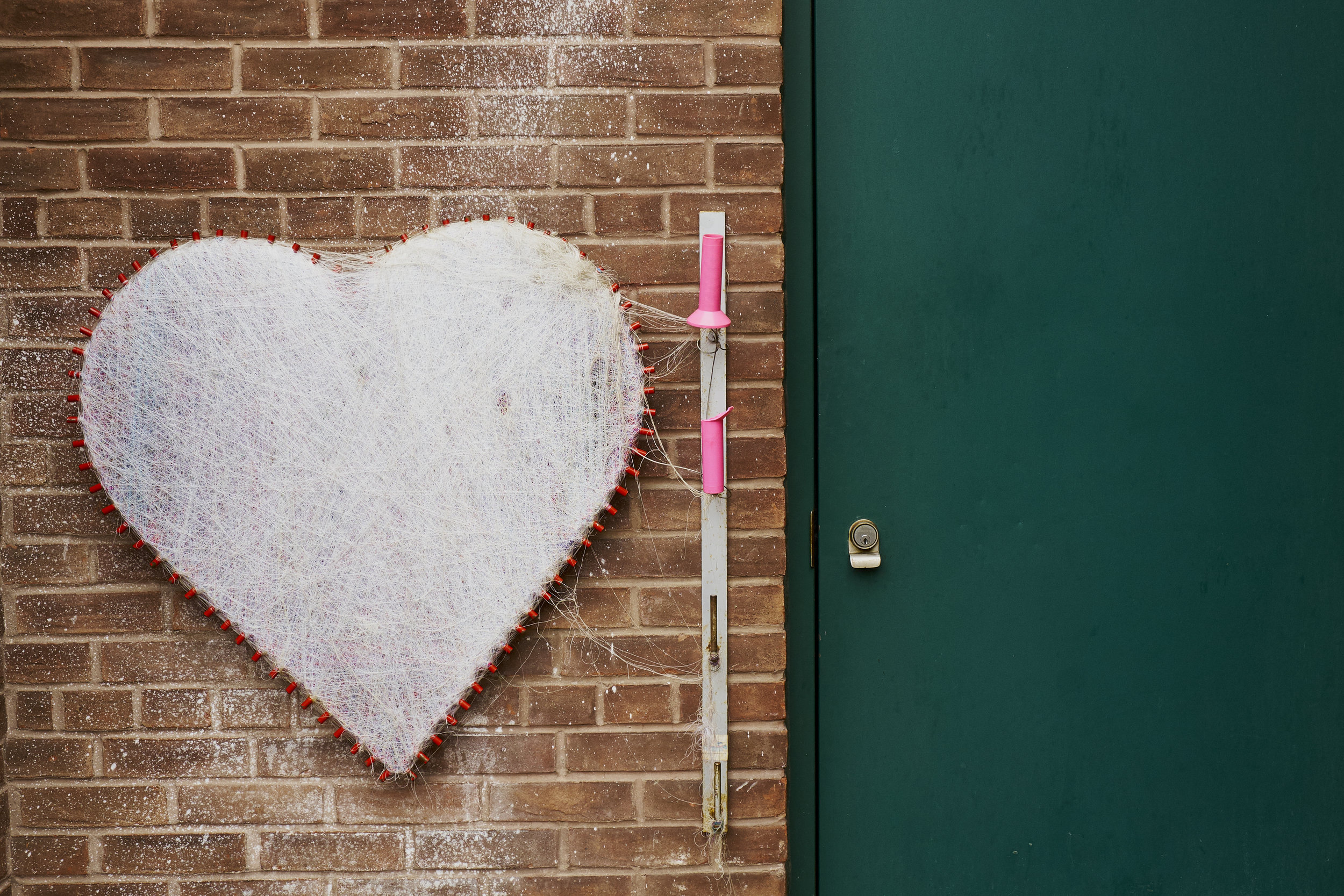
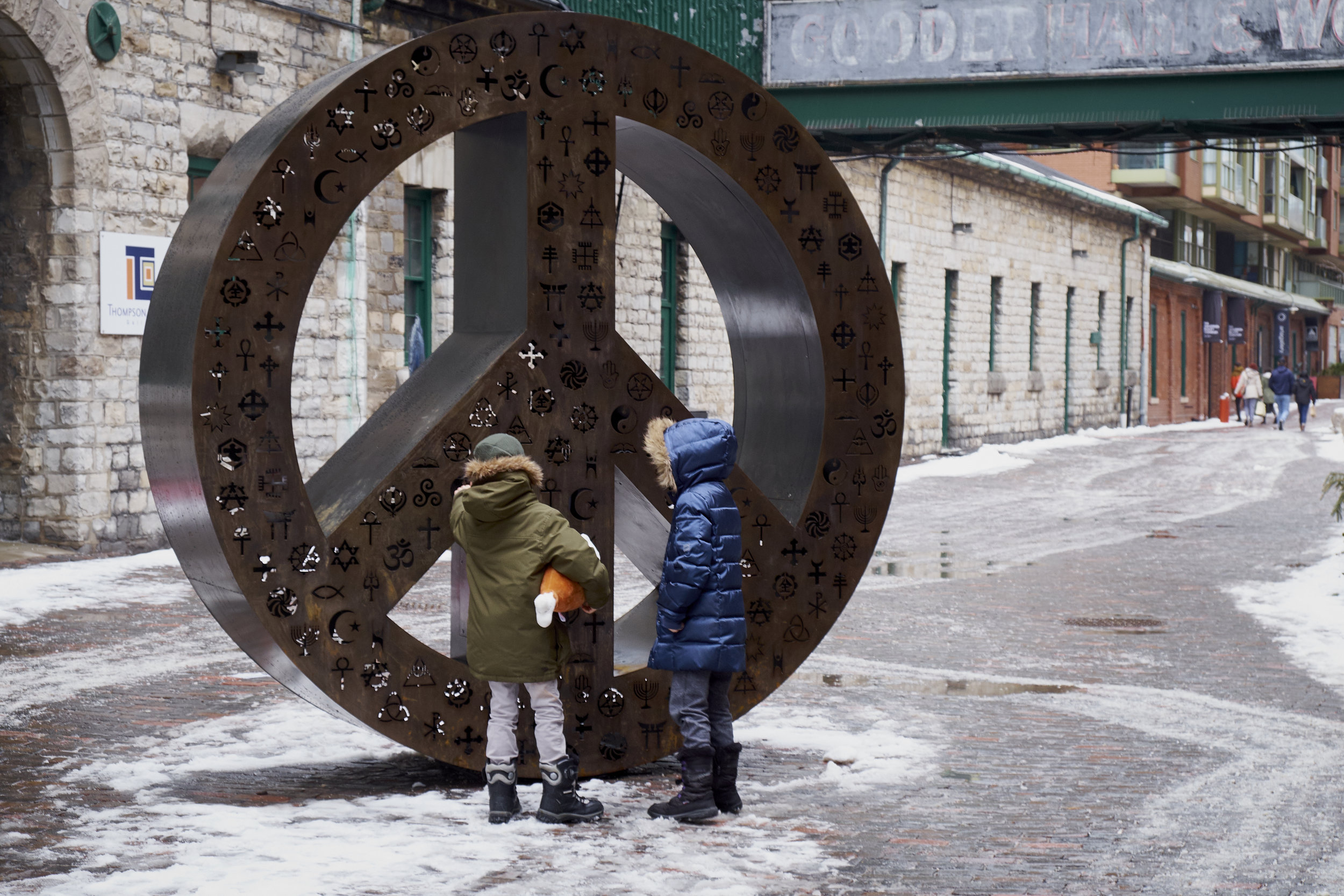
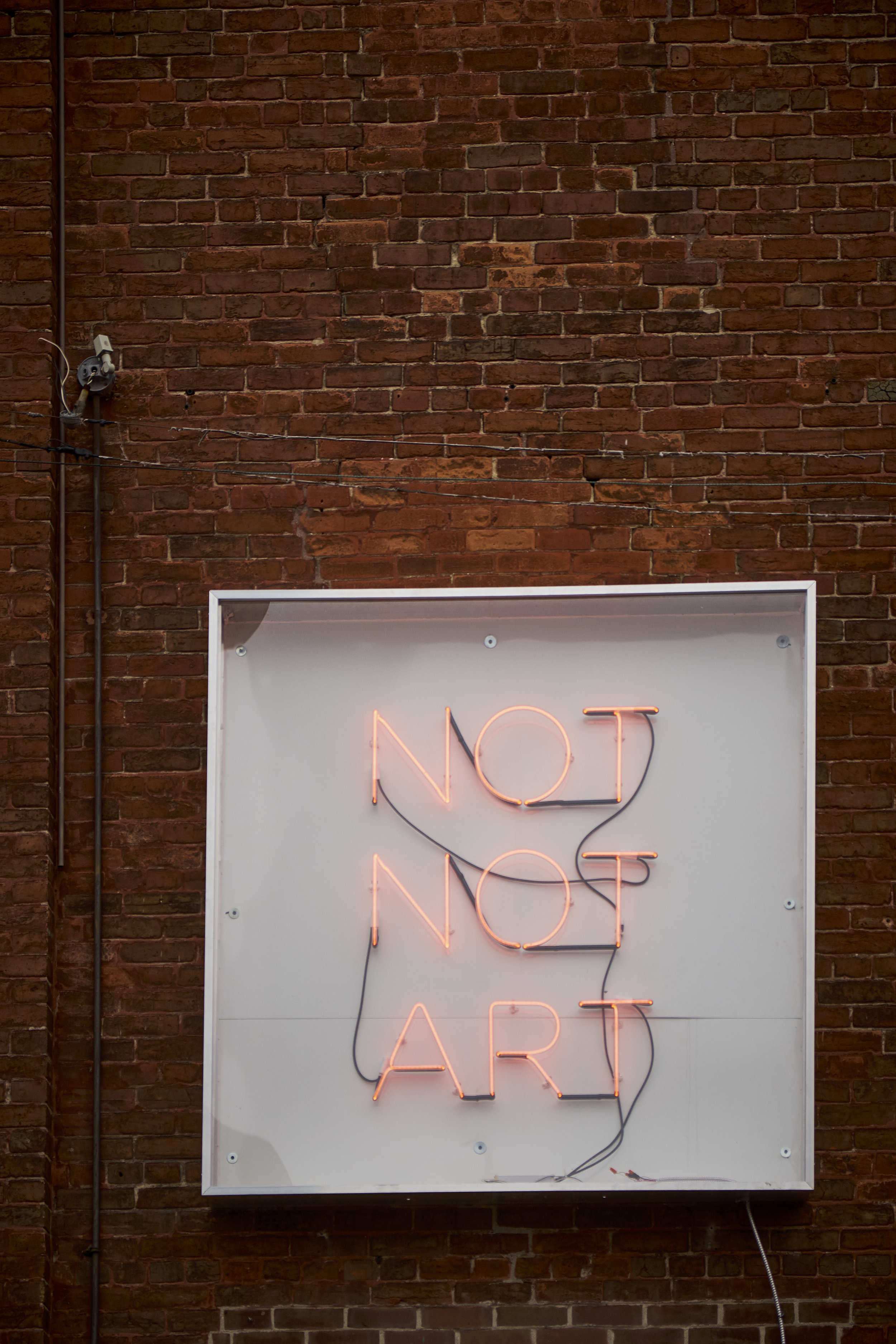
Three exhibits at the National Gallery of Canada: land and landscape
On November 5 I visited three new photography exhibits at the National Gallery of Canada in Ottawa. In one way or another, all three were tied to the Canadian landscape whether in the past or currently.
For Canadians who were old enough to read books in 1976, the exhibit Between Friends is a reminder of a book of the same name published as a gift from Canada to the U.S. on the occasion of that country’s bicentennial. For this exhibit, photographer Andreas Rutkauskas revisited many of the locations along the 8,891 km border between the two countries. While much of the geography has not changed, the exhibit contains reminders that crossing the border has become more difficult and formal in recent years because of the rise of protectionism and isolationism in the U.S., and the new geopolitical reality throughout the world. The pictures are subtle and often beautiful and the boundary they point to can seem an artificial and arbitrary one. Why should the living situation of people leaving a couple of hundred metres apart be so different?
A similar theme is evoked in Frontera, a drone’s-eye view of the U.S.’s southern border with Mexico. These pictures, however, do not contain the open spaces and lightly-patrolled woodlands seen in Between Friends. The Mexican border is lined by a steel scar that runs across the landscape for many hundreds of miles through inhospitable wild places, sometimes broken by poor settlements on one side and wealthier communities on the other. More often, though, it is difficult—if not impossible—to tell which side of the frontier is which: the land is the same and it is a political negotiation that has traced a line through it. Looking at many of the pictures by Mexicans Pablo López Luz and Alejandro Cartagena, Canadians Mark Ruwedel and Geoffrey James, Swiss Adrien Missika, American Kirsten Luce and German Daniel Schwarz, it is easy to imagine that one day the land will absorb the border and all human traces will be forgotten.
The third exhibit, Gold and Silver: Images and Illusions of the Gold Rush, provides a photographic record of the stampede for California and Yukon gold in the late 19th century. While we cannot help but wonder at the bravery and greed that drove men and women to seek their fortunes in unforgiving locations, it is impossible to miss the impact on the environment that was the result of unchecked exploitation. Many of the worst cases—deforestation, slag heaps and diverted watercourses—are still there to be seen. The collection is a fascinating set of posters, daguerrotypes and tiny, vintage contact prints but, while image-making technology has moved on, it seems our care for the land has not evolved at the same pace.
Cold evening at the marina
Mucking about down at the Aylmer Marina while doing some visual exercises for school. It's mid-November and I shouldn't be surprised if ice is forming in the water of the Ottawa River. But there is. And I am.
Like I am every year.
A rainy evening, 1922
Well, not really. But close.
I took a few days off this week and used a couple of them to visit Prince Edward County in Eastern Ontario. Although the early fall weather wasn't the greatest, the mini-trip gave us some time to see more of this region that is rapidly building a reputation as a wine-producing centre and destination for economic development.
The town of Picton is the largest community in the county and many of its buildings shows their small-town Ontario origins. The Regent Theatre, opened in February 1922, is one such building. Here it is in all its glory on a rainy evening:
Toronto. At night. In the rain.
I always try to fit in a little photography when I travel and my recent trip to Toronto was no exception. The weather wasn't great, but I've learned that my little Fujifilm X100T will stay fairly dry if I tuck it under my palm as I walk (having the camera on a wrist strap makes this fairly easy). And rainy nights in a city give means lots of mist, reflections and vivid colours.
Here are a few shots in those conditions taken around Toronto's City Hall at Nathan Phillips Square.
The Louvre: from Mona to Marianne
What could I say about the Musée du Louvre that hasn't been said often and better by others? The scale of the collection is staggering and it is impossible to take everything in in a single visit. I soon found myself trying to move through rooms too quickly, aware of how much more there was to see. After a short while I realized that I was doing the gallery a disservice by rushing and decided to slow down again. Better to see fewer things well than to consume the art of the centuries like fast food. For the remainder of the four hours of my visit I wandered at a comfortable pace.
And I found that not all the sights were on the gallery walls: I also found it fascinating to keep an eye on my fellow visitors who were there in their thousands. You can learn a lot about human nature from the way people act in crowds—some of it touching, some of it puzzling, some of it comical.
I would have to place people's behaviour around the Mona Lisa in the 'puzzling' category. By the time I had followed the signs to the gallery where da Vinci's famous piece hangs behind protective glass, it was obvious that I was going to visit a celebrity. Few works in the museum have their own signposts so that you can find them from several galleries away. I could have waited my turn in the long line to see the painting from a couple of metres away, but it seemed to me that the crowd itself had become the story. I could not believe how many people, having queued up to see the painting, immediately turned their backs on it so that they could take a selfie.
I understand that people want to document their experiences, but many of them spent no time at all contemplating one of the world’s most famous pieces of art. They were oblivious to the object in front of them, which seemed to have little or no significance of its own. Instead the work was there to validate their importance or experience. It didn't point to anything grander, more beautiful, nobler, more challenging or universal than… me.
So, a short series of images of guys and galleries at the museum, starting with Mona and ending with Marianne ... and a tired fellow visitor.
Paris: Day 2
Day 2 wore me out. But in a good way. I spent about nine hours walking and standing, starting the day in the famous and overwhelming Musee du Louvre (more on this in another posting) and ending it off with a visit to the Sainte-Chapelle.
Sainte-Chapelle is not one of the bigger churches I have visited, but it is far and away the most memorable. It is extravagantly beautiful. Many of the cathedrals of Europe impress because of their rich histories and associations with the pious and powerful. Some churches, like Reykjavik's Hallgrimskirkja, capture attention because of their unique architecture. Other houses of Christian worship are notable for the purity and simplicity of their vision. But, again, Sainte-Chapelle is extravagantly beautiful.
I expect that many medieval churches were more beautiful in their day, but now we see only their bones with the plaster and decorative painting removed. Even so, how many churches of the period had the stained glass treasures that Sainte-Chapelle still enjoys? So much of the wall space is devoted to glasswork that the ceiling is supported by little more than light and dancing colours.
Built by France's King Louis IX (later canonized as Saint Louis) between 1238 and 1248, the church has now been annexed and partially absorbed by offices of the Palais de Justice de Paris.
But nothing can hold a candle to those windows.












